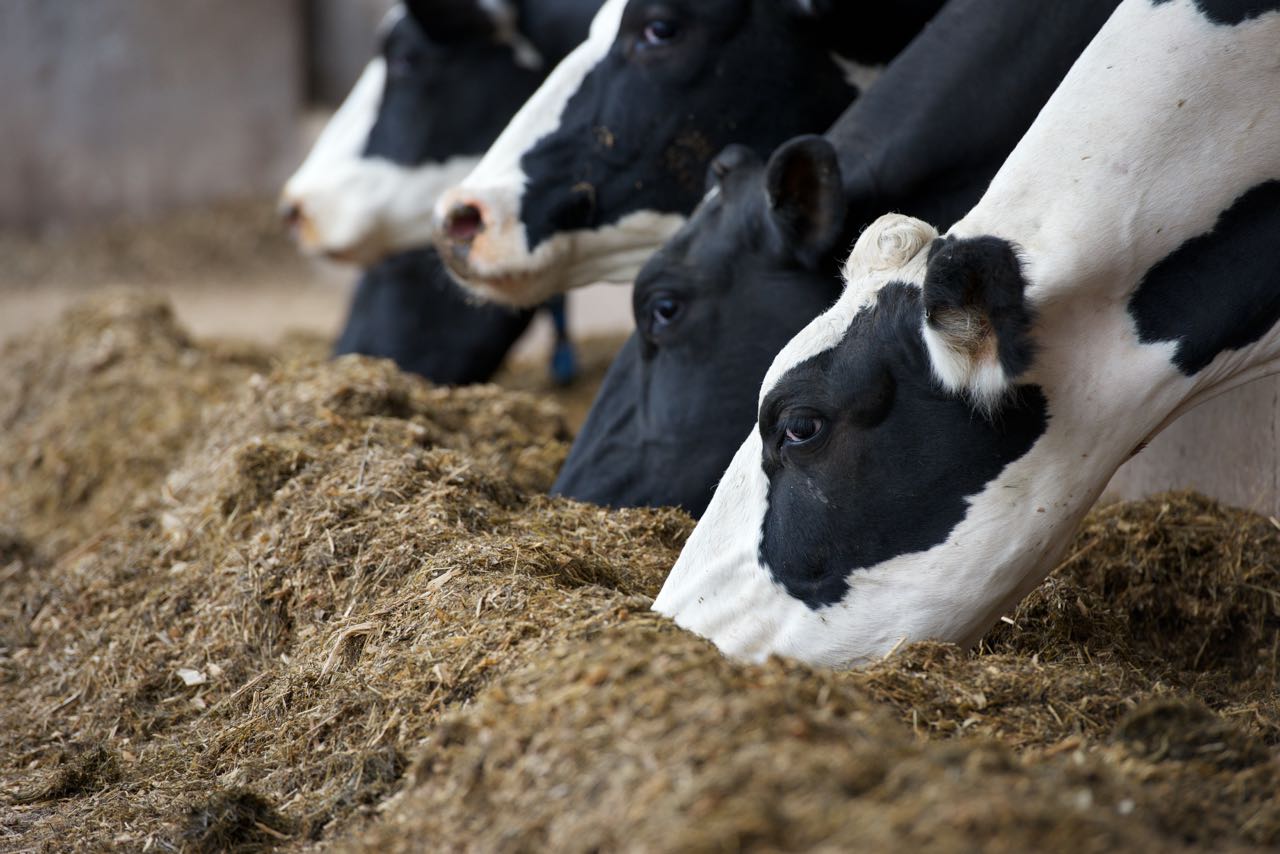Several factors impact quality, such as seed mix's, grass maturity and the weather to name but a few. Weather conditions this year have resulted in extreme variability in grass, making it harder for many farms to efficiently utilise grazed grass or to produce high quality silages.
Cold, dry conditions across the UK and Ireland delayed grass growth and we saw lower crude protein levels than normal as a result. Some farmers did cut early to avoid this drop in quality; however, this was generally achieved at the expense of quantity. To maximise yield and milk solids therefore, we must focus on rumen function.
While fibre is key for butterfat synthesis and stimulating rumination, excessive NDF levels and low D-values will ultimately reduce feed efficiency. To maximise yields from high fibre forage and maintain profitability, it is essential to focus on optimising the rumen environment.
Understanding the Rumen
As the engine room of the cow, the rumen harbours a complex community of anaerobic microbes that convert low-quality feeds into volatile fatty acids and microbial protein through fermentation. This influences all productive processes within the cow’s body, providing around 70% of energy and 50% of protein required for maintenance, lactation and reproduction. For optimum performance, all cattle need a healthy, dynamic and efficient microbiome, which requires an anaerobic environment, stable pH, high water content and balanced supply of nutrients.
This community of microbes is influenced by a range of factors and can generally acclimatise to change, but resilience and adaptability differs significantly between species. The fibrolytic bacteria needed for the digestion of forage-based rations are more sensitive than most. As such, the microbial profile of the rumen and digestibility of the diet both influence rumen function, making consistency in the diet of paramount importance to herd health, productivity and profitability.
Coping with inconsistency and high fibre
Variation in grass, forage and concentrate quality influences the nutritional composition of the herd’s diet, posing a significant challenge for dairy farms.
As a major component of the ration, persistent variation in forage forces the microbes to acclimatise and adjust. This process normally takes three weeks to complete, meaning constant change leads to lasting underperformance of the rumen and, in turn, the cow. Additionally, when NDF levels exceed 35%, fibre limits dry matter intake, reducing the level of production that the ration can support. To maintain yield and butterfat levels without compromising health, this must be addressed.
While correct feed management is critical to maintaining rumen function, including Actisaf® live yeast in the ration improves rumen stability, facilitating a greater level of fibre digestion to drive milk from forage despite high NDF levels. Studies have shown that Actisaf® Sc 47 stabilizes the rumen microbiota, lowering redox potential and increasing pH.
Actisaf® also causes a shift in the bacterial profile, promoting highly efficient fibrolytic species such as Fibrobacter, Eubacter and Ruminococcus in addition to lactate-utilising species like Megasphaera and Selenomonas.
Recent trials at the University of Nottingham’s Centre for Dairy Science Innovation (CDSI) identified that this shift results in a positive yield response without an increase in feed intake, showing that feed conversion efficiency is improved. Not only does Actisaf® increase the rate of microbe acclimatisation, thus limiting production losses, it also reduces lactic acid accumulation as well as the risk of acidosis.

